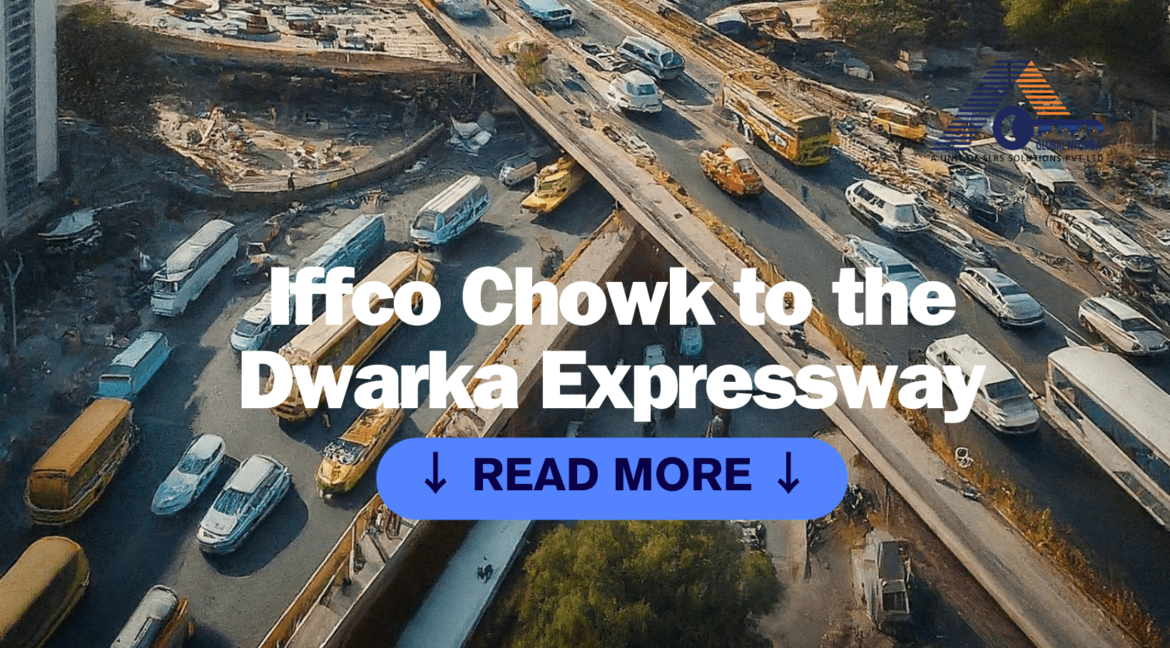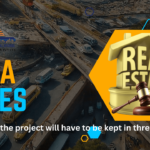Redesigning Infrastructure: A Closer Look at Gurugram’s Traffic Plan
In the bustling city of Gurugram, where roads once served as arteries connecting distant locales, the landscape is evolving. The Gurugram Metropolitan Development Authority (GMDA) has unveiled an ambitious plan to revamp a crucial stretch spanning nearly 14 kilometres, from Iffco Chowk to Dwarka Expressway, traversing through Basai Road. This strategic initiative aims to alleviate the persistent issue of traffic congestion that plagues the city’s core.
The GMDA’s proposal encompasses a multifaceted approach, incorporating both infrastructural enhancements and urban redesign. Integral to this plan is the meticulous traffic study conducted by appointed consultants, which serves as the cornerstone for informed decision-making.
Addressing Congestion Hotspots
At the heart of the initiative lies the recognition of congestion hotspots, particularly along the stretch between Iffco Chowk and Sukhrali. Here, the GMDA intends to widen roads, remove encroachments, and implement comprehensive traffic management measures. Additionally, plans are underway to expand the road from Sukhrali to Mahavir Chowk, coupled with a holistic redesign of the Mahavir Chowk precinct to optimize vehicular and pedestrian flow.
Elevated Solutions for Seamless Connectivity
Elevated roads emerge as a pivotal component of the redevelopment blueprint. The envisaged construction of parallel flyovers and expanded roadways from Basai Chowk to Bhuteshwar Temple underscores a commitment to enhancing vehicular mobility while minimizing disruptions. Notably, the integration of pedestrian-friendly features and parking facilities reflects a nuanced approach to urban planning that prioritizes accessibility and safety.
Community Perspectives
The proposed infrastructural overhaul has garnered both anticipation and critique from local stakeholders. Mukesh Pradhan, a prominent figure within the community, emphasizes the potential of expanded roadways and flyovers to alleviate congestion—a sentiment echoed by many. However, voices such as Sarika Panda Bhatt advocate for a paradigm shift, urging authorities to prioritize investments in public transport infrastructure over expansive road networks.
A Call for Sustainable Solutions
Indeed, amidst the fervor for infrastructural transformation, it is imperative to heed calls for sustainable alternatives. Sarika Panda Bhatt’s plea for a bolstered public transport system resonates deeply in a landscape grappling with burgeoning vehicular density. Embracing innovation in transportation, including the integration of eco-friendly modes and robust last-mile connectivity, promises to chart a more sustainable trajectory for Gurugram’s urban evolution.
Conclusion
As Gurugram embarks on this transformative journey, navigating the intersection of progress and sustainability becomes paramount. The GMDA’s vision for infrastructural revitalization presents a pivotal opportunity to redefine urban mobility paradigms. By fostering dialogue, embracing innovation, and prioritizing the holistic well-being of its citizens, Gurugram stands poised to emerge as a beacon of progressive urban development in the 21st century.





















